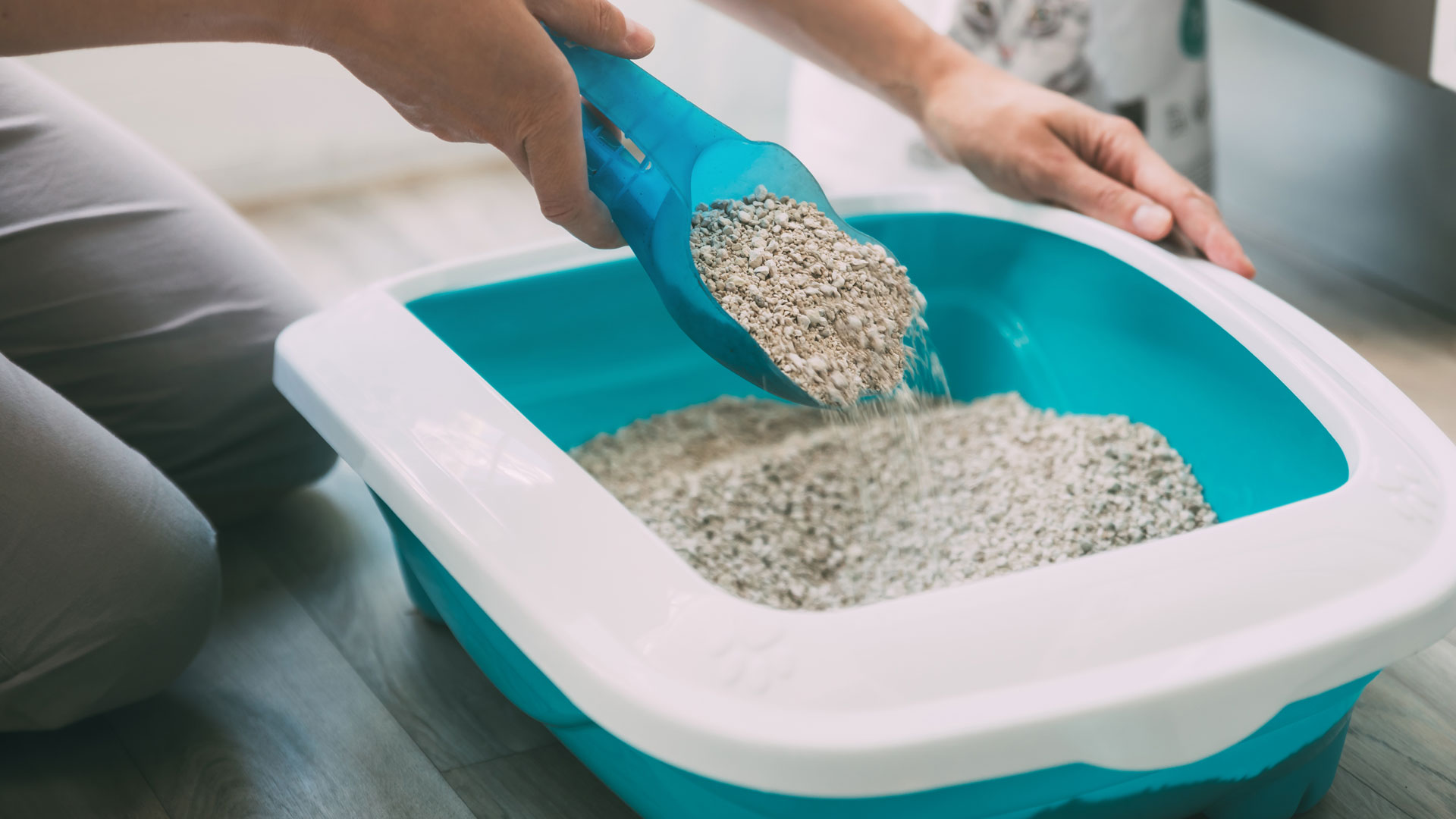Five common mistakes cat parents make with litter boxes, and what to do instead
Here’s what to avoid if your cat doesn’t seem to like their litter box!

You might think you’re doing everything right with your cat’s litter boxes, but then maybe you realize that your kitty has gone to the toilet elsewhere. Or perhaps you have two or three cats, and you’ve noticed some tension between them around the litter box – even if you’ve got the best cat litter box on the market.
It’s easy to make mistakes when it comes to managing your kitty’s litter boxes. But fortunately, they’re easy to rectify too. Molly Kelsey, AKA The Cat Counsellor, has outlined five common mistakes that cat parents often make with litter boxes, and how to avoid them, in a recent Instagram post – some of them hadn’t even occurred to us!
A post shared by Molly | Your Cat Behaviour Consultant (@thecatcounsellor)
A photo posted by on
1. There’s not enough of them: Can cats share a litter box? As Kelsey explains, not having enough litter boxes can cause house soiling and stress-related behaviors too. These might include marking, overgrooming, and furniture scratching. So, it’s a good idea to have one litter box per cat, and then an extra one.
2. Not keeping the litter box clean: “Cats by nature are clean animals and will find being forced to use a dirty litter box an unpleasant experience, or they may refuse to use it altogether,” says Kelsey.
“Scoop waste as soon as possible and dispose of it away from the litter box. Ensure that the box is cleaned and litter is replaced regularly i.e. weekly.”
3. The size and shape of the litter box aren’t suited to your cat: Several factors, including your cat’s size, physical capabilities, and simply their personal preferences, will influence the sort of litter box they like.
While all cats are different, as a general rule it’s a good idea to go for litter boxes at least 1.5x the size of your cat. Meanwhile, for older or disabled cats, it makes sense to choose a low-sided box.
PetsRadar Newsletter
Get the best advice, tips and top tech for your beloved Pets
4. Wrong type of litter substrate: Kelsey explains, “Many litters on the market are made to cater to us, rather than the cats who use it. Fragrances and odor-control powders are common additives, which can irritate a cat’s airways and sense of smell.”
There are many different types of cat litter, but it’s best to choose litter that’s low-dust and non-fragranced, and that’s made from small pellets or a sand-like substance, so that it clumps together and better absorbs liquid.
5. Unsuitable location for toileting: “While a litter box isn't the most aesthetic item in the home,” says Kelsey, “Where they are located goes a long way in being appealing to your cats for daily use.”
Go for quiet and private locations, if you can, and try to make sure that other important resources – including other litter boxes as well as things like food and water bowls – are away from each litter box.
If you’ve taken on board these steps, but you’re still dealing with issues like soiling in the house, it’s a good idea to consult your vet. There may be a medical reason for your kitty’s behavior – or at the very least, you can rule serious health concerns out.
Find more cat content as we answer; can cats find their way home?

Adam is a freelance journalist specialising in pets, music and culture, and mental health and wellbeing. He investigates and writes the large majority of news on PetsRadar, and collaborates with veterinary experts to produce informative pet care content.
Adam has a journalism degree from Southampton Solent University and a masters degree in Magazine Journalism from Cardiff University. He was previously senior editor at dog advice website DogTime.com, and has also written for The Independent, GoodToKnow and Healthline.
He owns two rescue cats, Bunny and Dougie, and has also previously had a rabbit, fish and Roborovski dwarf hamsters.
